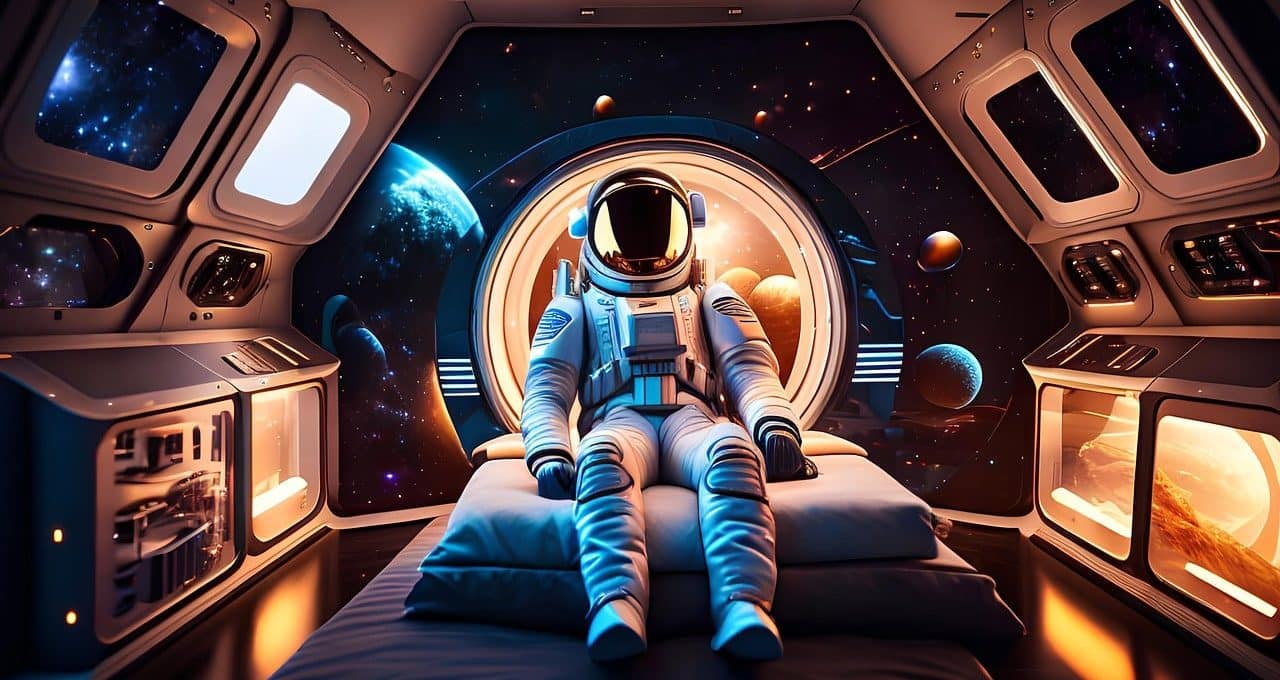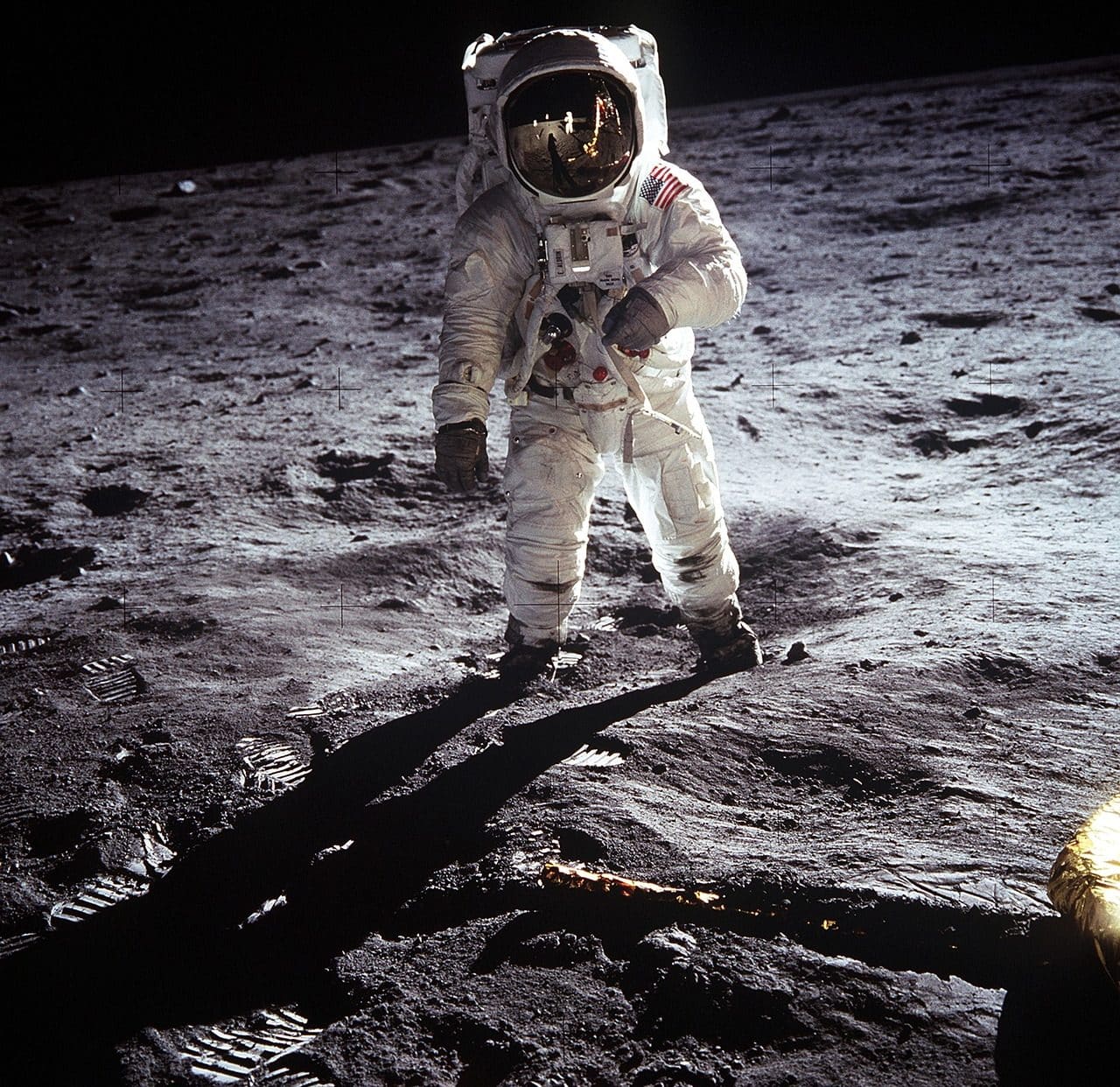
An astronaut is someone who can crew a spaceship.
An astronaut is an individual who is trained to crew a spacecraft (a vehicle that can leave the Earth 's atmosphere and fly in outer space). The concept derives from the English word astronaut .
Astronauts, also called cosmonauts , must have extensive technical knowledge, but also an optimal physical condition and a healthy psychological scheme to withstand the living conditions on aircraft and in space stations.
Examples of astronauts
The first person to go into outer space was a Russian astronaut: Yuri Gagarin (1934-1968). This astronaut traveled on April 12, 1961 in the Vostok 1 spacecraft, making a 108-minute flight .
Beyond the enormous achievement of Gagarin and the Soviet authorities, it can be said that the most famous astronauts in history are three Americans: Neil Armstrong , Buzz Aldrin and Michael Collins , crew members of the Apollo 11 ship that allowed the arrival of human beings to the Moon . Armstrong was thus the first human to set foot on Earth 's natural satellite, followed by Aldrin ( Collins remained on the ship).

Astronauts can travel to outer space.
Adverse effects for the body
It should be noted that the activities that take place in orbit generate various effects on the astronauts' bodies . Weightlessness can cause nausea, dizziness and vomiting. When they stay in space for a long time, astronauts lose muscle mass, their immune system weakens, and they experience sleep disorders, among other complications.
In space, on the other hand, astronauts have difficulty executing certain movements with precision, they may suffer from asthenia (fatigue or general weakness that makes it difficult or impossible to perform certain tasks that are easy under other conditions) and they often present a state of of irritability.
astronaut training
Many children dream of becoming astronauts. However, like other vocations that appear during childhood, putting them into practice requires very arduous preparation work that only some can overcome.
Becoming an astronaut is not impossible, but very difficult: Japan, Canada , ESA (European Space Agency) and NASA , among other countries and agencies, select their candidates very rigorously. Before deciding to go through training, it is necessary to know that there are two categories to which we can aspire within this profession: that of pilot and that of specialist.
Broadly speaking, all candidates are asked to have completed university studies, although each specialist must have specific knowledge.
In the United States , pilots working in the military have priority over civilians when applying for a similar position at NASA . They must have a minimum of one thousand flight hours on their service record and have a height greater than 1.63 and less than 1.93 meters.
Among the most common college degrees for specialists are engineering degrees in physics, biology, chemistry, and mathematics. In addition, the requirement for a doctorate is common to guarantee the highest possible academic rank.
The physical requirements to work as an astronaut are perfect vision, a blood pressure value above 14 and measuring between 1.49 and 1.93 meters. Regarding age, the range is very small, since it includes a range that goes from 27 to 37 years (in the case of the Shuttle program , the maximum is 35).
Needless to say, the filter is exhaustive. However, going through it is just the beginning: the training that astronaut candidates must follow can last up to eight years, and includes both a theoretical and practical part. They must learn scientific concepts that allow them to understand and operate different devices, as well as learn to move effectively in zero gravity environments.
